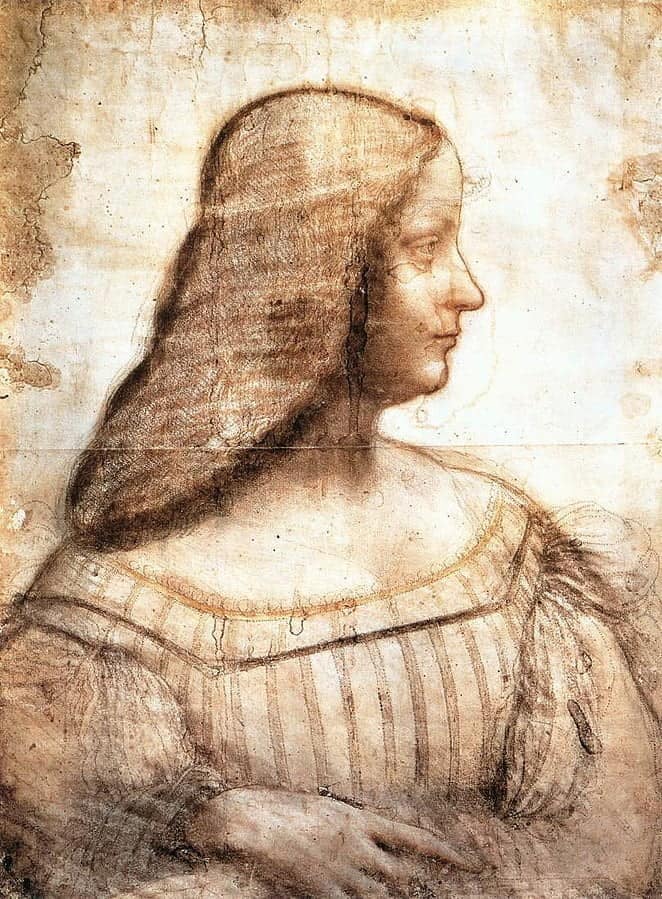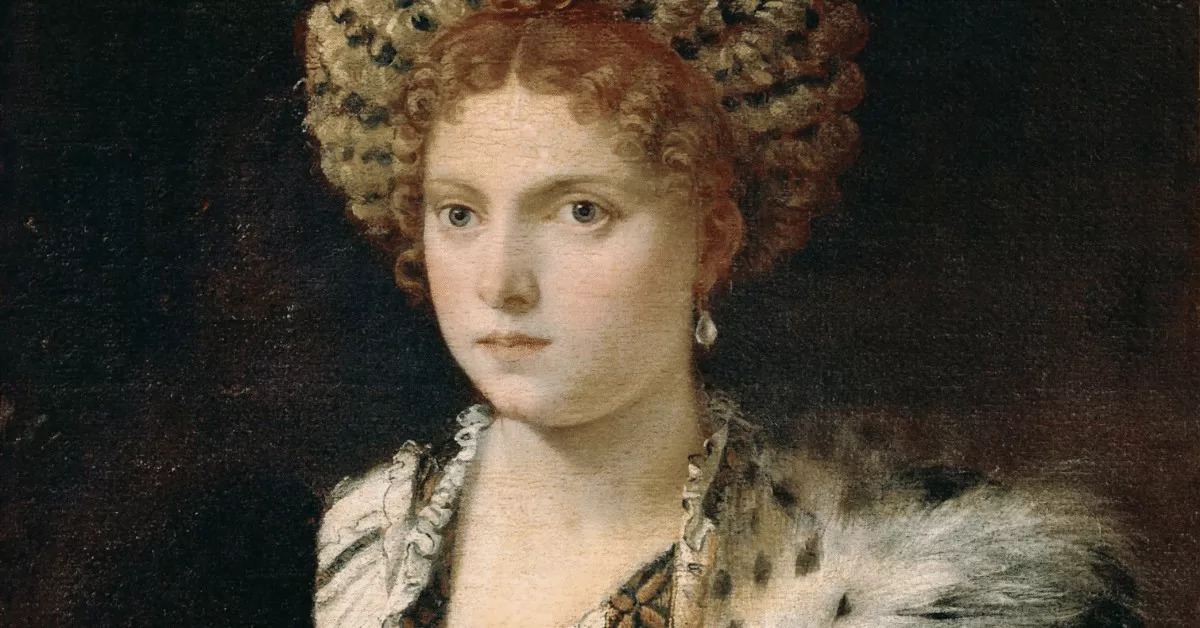History Bytes: Isabella d’Este
In this series, I’ll be sharing some quick facts about some of history’s famous, infamous, and not-so-famous characters and places. Sometimes the chosen historical figures or locales relate to a book I’m reading; sometimes I write about them because they’re quite simply interesting. Either way, I’ve tried to add a bit of humor to the facts, but keep in mind that history always has two sides to every tale, and it’s important to think critically about and question history as a whole. Check out Resources for more information on your favorites!

Summary
Some consider the Renaissance a halcyonic, heady period of history full of joie de vivre, gilded statues, magnificent paintings, vibrant and luxurious clothing, dashing condottieres, and lovely ladies. The Renaissance especially flourished in Italy – an ever-moving chessboard of city-states vying with each other for power and prominence.
Enter a lady often heralded as the “first lady of the Renaissance”: Isabella d’Este. Born into the illustrious d’Este family of Ferrara in 1474, she was the daughter of Ercole I d’Este and his wife Eleonora of Naples. The highly intelligent Isabella received an excellent education. For instance, she spoke several languages; boasted numerous musical talents including singing, dancing, and playing instruments; and engaged in intellectual debates.1“Isabella d’Este,” The Brooklyn Museum, https://www.brooklynmuseum.org/eascfa/dinner_party/place_settings/isabella_d_este (accessed June 13, 2022).
After eight years as an engaged couple, Isabella married Francesco Gonzaga in 1490. At first, though not a love match, they seemingly appreciated each other.2See Carolyn James’ article on their marriage correspondence. Over time, however, their relationship deteriorated due to shifting political positions and infidelity on her husband’s part. Still, Isabella and Francesco had seven living children, and the Mantuan court played a key role during the Renaissance.
History also recognizes Isabella as a patroness of art. She supported such artists as Andrea Mantegna – the court painter of Mantua – Titian, and Leonardo da Vinci, often commissioning them to capture her likeness. It’s speculated that she even served as a model for da Vinci’s Mona Lisa – though it’s generally accepted to depict Lisa Gherardini.
Later in life, Isabella became known for her generosity. When France attacked Italy in 1527, the marchioness opened her home to refugees, sheltering those with nowhere else to go. Additionally, she provided funding for schools that educated girls. She passed away in 1539.
Basic Biographical Details of Isabella d’Este
Full Name: Isabella d’Este
Title: Marchioness of Mantua
Born: May 19, 1474, Ferrara, Duchy of Ferrara, Italy
Died: February 13, 1539, Mantua, Duchy of Mantua, Italy
Spouse(s): Francesco II Gonzaga, Marquess of Mantua
Children: Several, including Eleonora Gonzaga, Duchess of Urbino and Federico II Gonzaga, Duke of Mantua
Known For: Epitomizing the idea of the “Renaissance woman”; holding a cultured and intellectual court in Milan; having a cultural, fashion, and artistic rivalry with her sister Beatrice; inspiring and patronizing artists, poets, and musicians; serving as a possible inspiration for the famous Mona Lisa (though this is debated); moving in the circles of Renaissance movers and shakers; her prolific correspondence, including 12,000 letters that survive to this day; and despising her sister-in-law, the infamous Lucrezia Borgia, due to her reputation…and for shacking up with her husband Francesco.
Resources
- Cartwright, Julia. Isabella d’Este, marchioness of Mantua, 1474-1539: a study of the Renaissance. New York: E.P. Dutton and Company, 1926.
- “Isabella d’Este”, The Brooklyn Museum, https://www.brooklynmuseum.org/eascfa/dinner_party/place_settings/isabella_d_este (accessed June 13, 2022).

